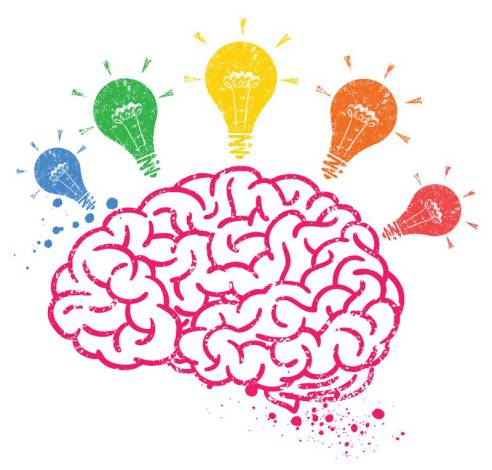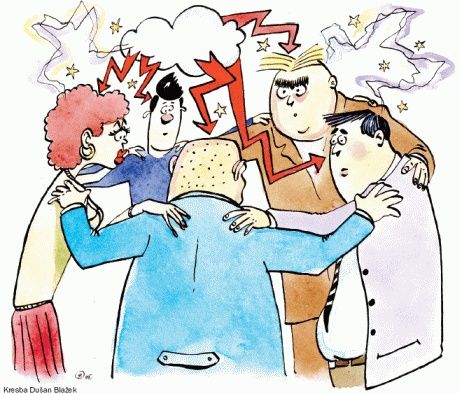Typically, if we want to gain insights into an area, we will research, research, and then research some more. Finding something new from research is an insight in itself, but to develop problem solutions and identify new angles of attack we sometimes have to venture away from the traditional methods, such as these customer insight methods outlined by Michelle Miller. There are times when you have all the information you need, and more research won't necessarily provide you with that 'aha!' moment you are craving.
The experience of insight is difficult to measure, quantify, and, to a certain extent, define, which has probably given rise to many of the misconceptions and myths that persist in this area of interest. Take a look at Gary Klein's Insight Test for an overview of many of the myths and superstitions that pervade our thinking on the subject of insight, innovation, and adaptation.

Is Brainstorming the Answer?
To focus on one particular method, brainstorming is probably the first method that comes to mind for most designers. However, while brainstorming features high up the list of possible approaches for developing new ideas in design, there are a number of studies contesting its capacity for insight.
As early as the 1950s, researchers were testing the benefits of brainstorming. At Yale University, Taylor, Berry and Block (1958) investigated the effect of group participation on creative thinking during brainstorming. Their participants were split into two groups: group-based brainstorming and a nominal group where subjects simply wrote down ideas on their own. Taylor et al found that those in the latter group generally provided more ideas than the brainstorming group. Other subsequent studies have supported these findings; suggesting that group activities do not always offer the best route to developing new ideas and problem solutions.
Chaos and Disorder: Creating the Right Environment
Part of the insight-gaining experience is based on our environment. Unless we are stimulated in some way, there is little impetus for insight. So rather than cleansing your environment and stripping yourself of distractions, you might want to consider creating disorder and chaos.

To borrow a quote from Albert Einstein, "If a cluttered desk is a sign of a cluttered mind, of what, then, is an empty desk a sign?". You want clutter; otherwise, where is your inspiration going to come from? Break things, dismantle them, put them back together in a different order; just do anything to avoid re-treading your old footsteps, because they will ultimately lead you to the same old ideas and conclusions.
DW Taylor, PC Berry and CH Block, "Does Group Participation When Using Brainstorming Facilitate or Inhibit Creative Thinking?" Administrative Science Quarterly 3, no 1 (1958): 23-47
Matthew Feinberg, Charlan Nemeth (2008) “The ‘Rules of Brainstorming: An Impediment to Creativity?”, Institute for Research on Labor and Employment Working Paper Series (University of California, Berkeley) Paper iirwps-167-08
Mueller, Jennifer S.; Melwani, Shimul; and Goncalo, Jack A., "The Bias Against Creativity: Why People Desire But Reject Creative Ideas" (2011). Articles & Chapters. Paper 450.
Header Image: Author/Copyright holder: Unknown. Copyright terms and licence: Unknown. Img
Images: Brain, Environment











